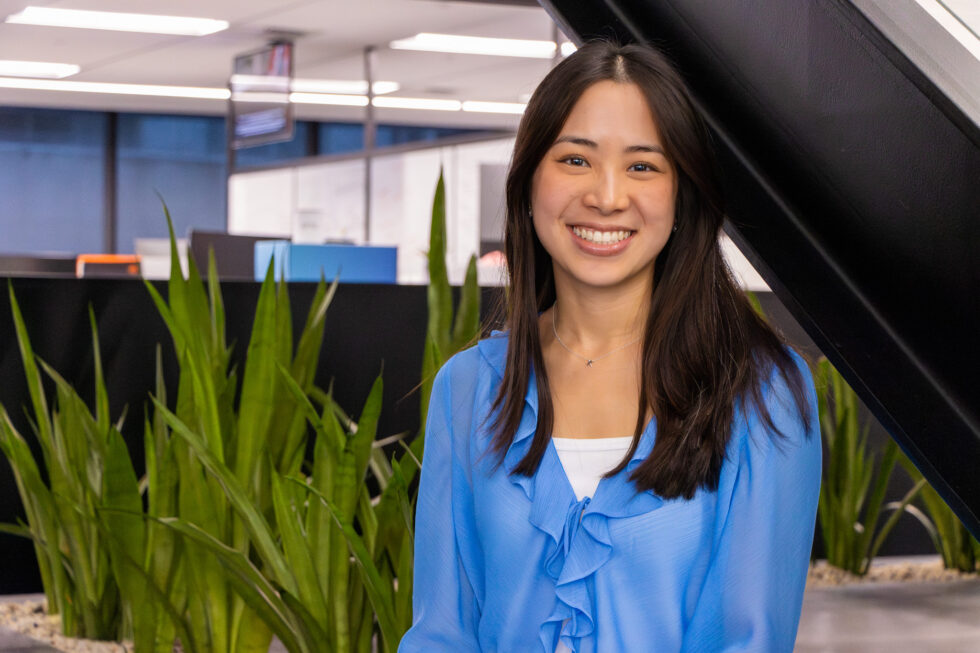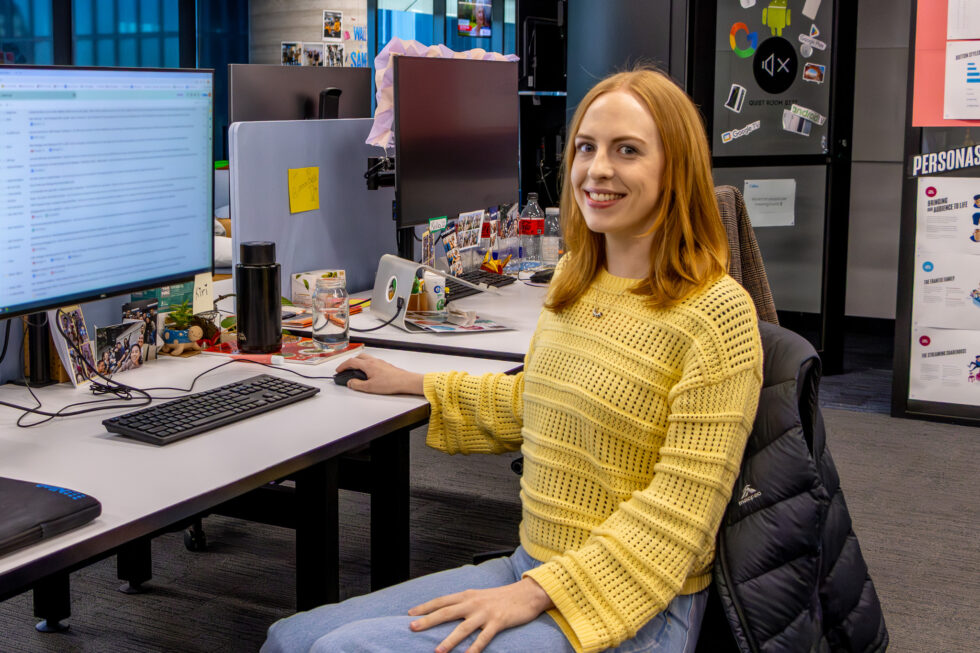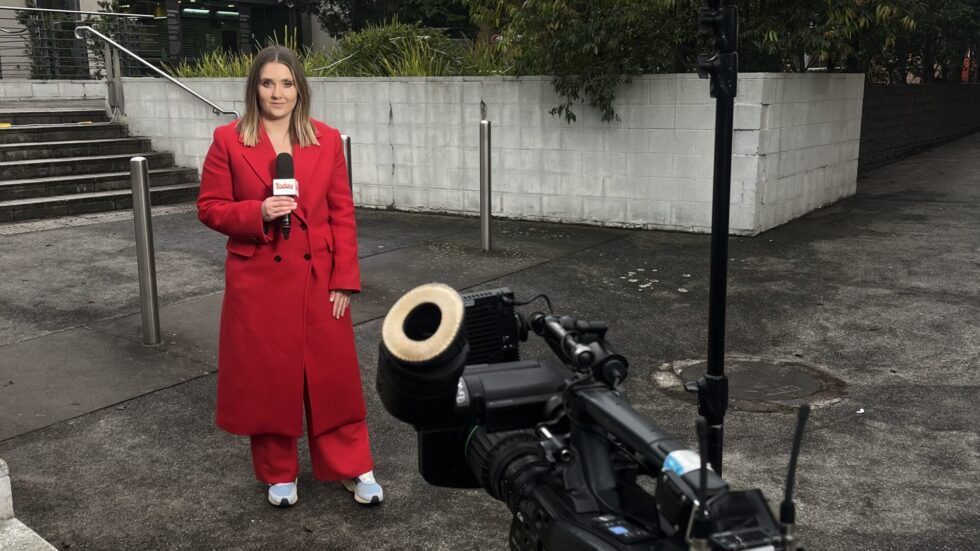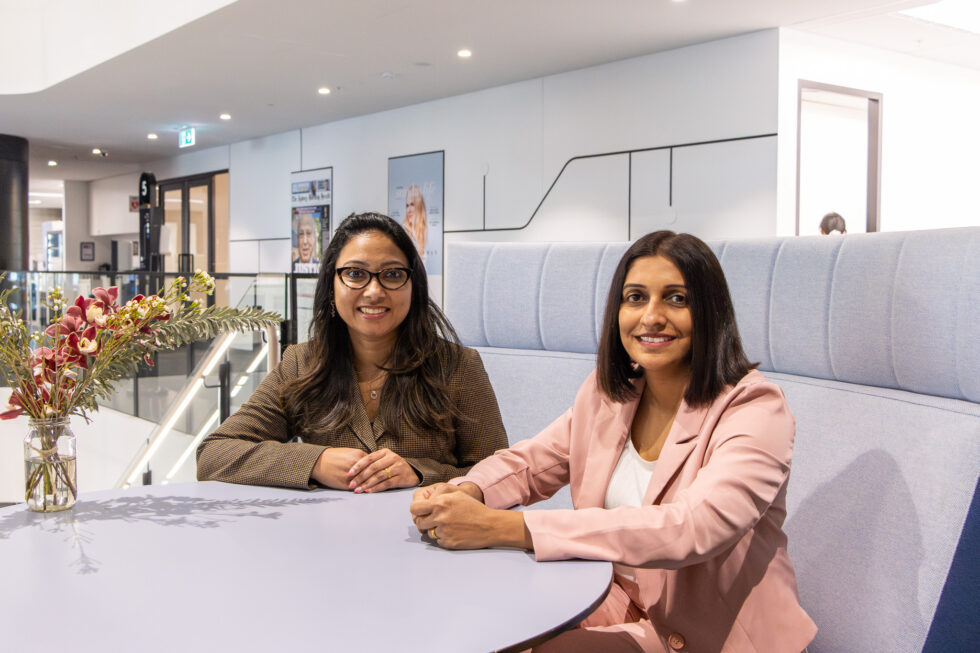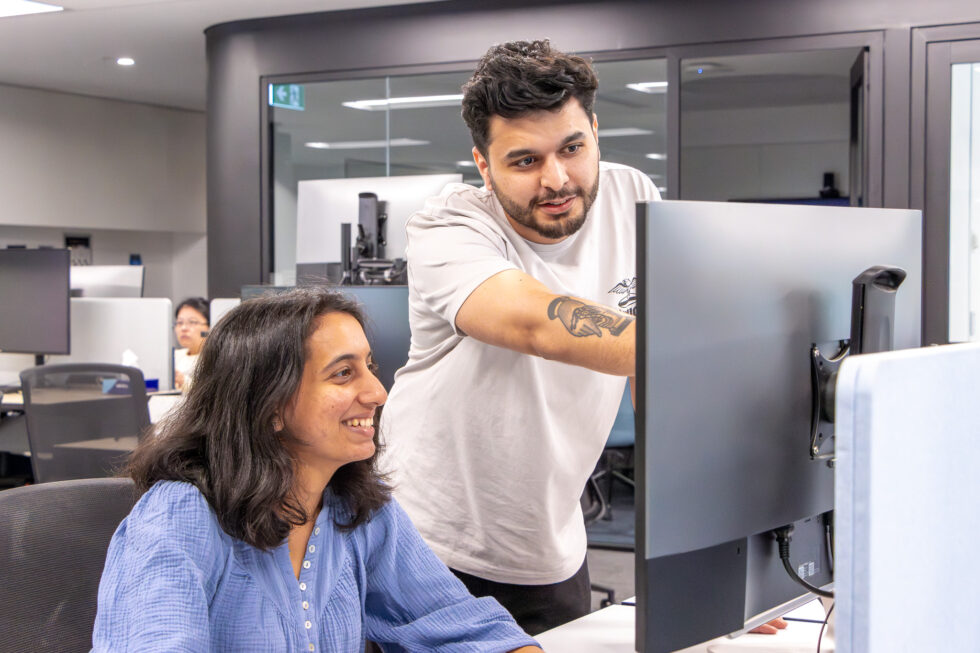Simon Olsen: The journey to make 9Now accessible for all
Simon shares why he’s so passionate about digital accessibility and offers his top tips for anyone looking to make their digital products more accessible.
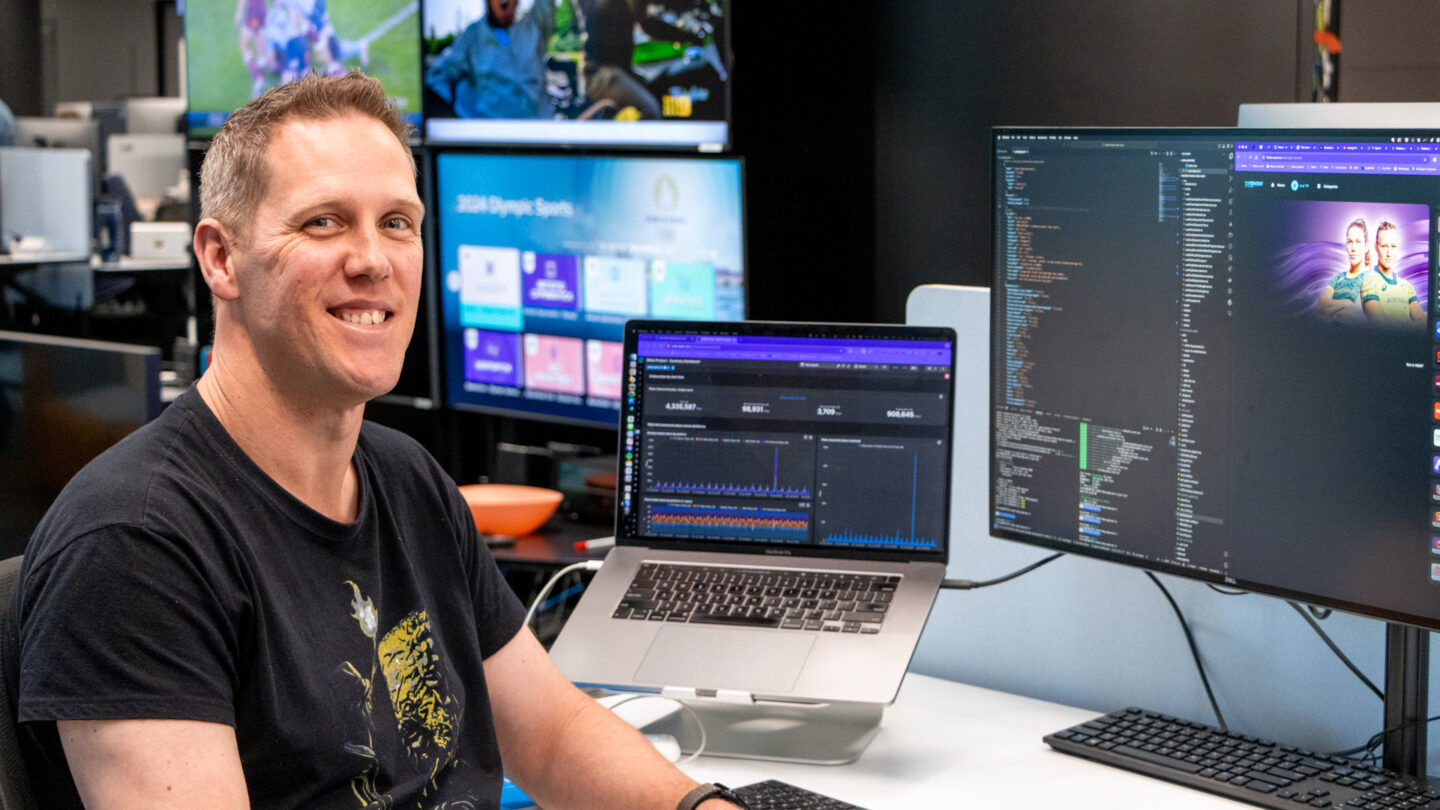
In a world where digital experiences are increasingly central to our lives, ensuring that everyone can access and enjoy these experiences is more important than ever. At Nine, the 9Now team has been leading the charge with a commitment to accessibility that goes beyond the basics. Driven by Simon Olsen, the Engineering Manager for the Web team, the initiative is reshaping how users interact with 9Now across all devices, making the platform more inclusive and accessible for everyone.
The drive for accessibility
Simon has been instrumental in spearheading this project, motivated by a deep understanding of the importance of accessibility. His team’s recent work has focused on migrating the 9Now platform from an ageing React JS application onto a more modern tech-stack using the Next.js React framework. While this migration has brought numerous technical benefits, the team has taken the opportunity to place a strong emphasis on accessibility from the ground up.
“For us, accessibility isn’t an afterthought,” says Simon. “It’s not something we tack on at the end of a project. We think about it from the very beginning, ensuring that everyone, regardless of their abilities, can enjoy the content we provide.”
Key changes and improvements
One of the most significant advancements in this accessibility journey has been the introduction of closed captioning across all live streams. This feature ensures that users with hearing impairments can fully engage with the content. “It was always on our wish list,” Simon explains. “If broadcast television and the 9Now Connected TV apps can have closed captioning, why can’t we on web browsers? We knew it was essential, especially with Nine covering the Paralympics. It’s about creating an inclusive experience for all viewers.”
The team also prioritised making the platform user-friendly for those who rely on screen readers or keyboard navigation. Simon’s passion for this aspect of accessibility comes from his previous experiences as a web developer, where he encountered the challenges of retrofitting accessibility into existing projects. “When I was starting out I just wanted to get the project out the door, but then I started taking a bit of a different look at it. I’ve learnt that if you think about accessibility early on, it’s not extra work—it’s just part of what we do,” he notes.
The team has also partnered with Intopia, a company specialising in testing websites and apps with assistive tools. Their insights have been invaluable in identifying areas where 9Now can be improved. “Watching how a blind user navigated our site was a real wake-up call,” Simon recalls. “It reinforced why this work is so important.”
However, Simon and the team acknowledge that there is still plenty of work to do. “Making a website more accessible, in particular a video streaming site, is definitely a journey. There’s no finish line. And there’s not much in the way of examples and standards to follow, specifically for streaming services. You can always find more ways to cater for those with diverse needs. You simply need to be open to feedback when you get it from users and make improvements as you go.”
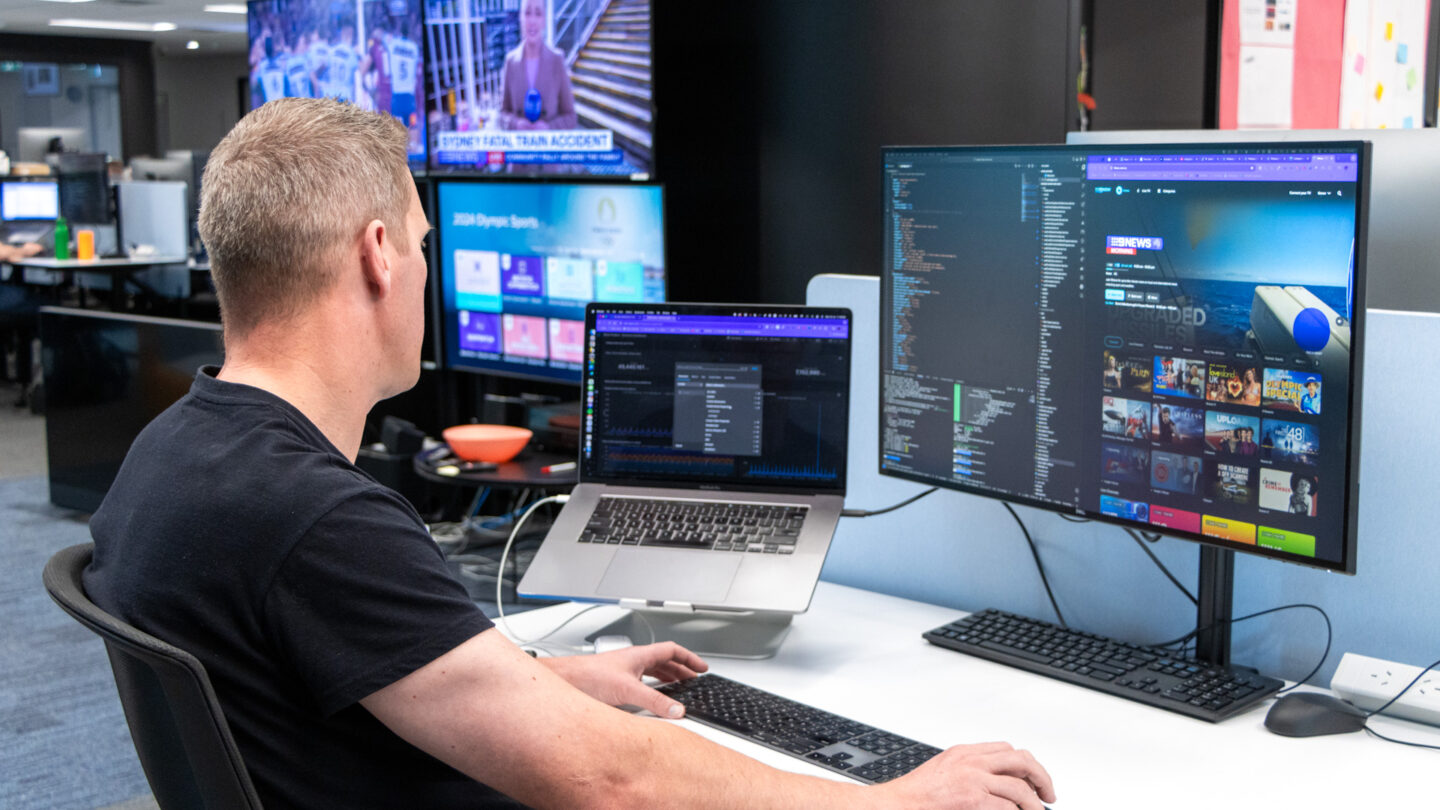
Tips for getting started with accessibility
For those looking to make their digital products more accessible, Simon offers some practical advice:
- Know your audience: “We learnt that accessibility goes further than just assisting those with permanent disabilities, such as colour blindness, vision, or hearing impairments. It’s important to consider all users who may have accessibility needs including older adults and individuals with temporary conditions, like a broken arm or even a parent holding a baby”.
- Start with the basics: “Put the mouse down and assess how far you can get by just tabbing and arrowing through the website. It’s a simple but effective way to identify navigation issues.”
- Use assistive tools: “Try using a screen reader extension for your browser. It’s a great way to experience your website the way someone with visual impairments would.”
- Follow web standards: “Web standards are already geared towards accessibility. If you use them as intended—like adding alternative text to images and using proper HTML structure—you’re off to a great start.”
- Test and iterate: “We’re constantly testing and improving. We just released an update that allows improved keyboard navigation of our homepage. And during this work we discovered that, when a video stream is interrupted, there’s no feedback that isn’t solely visual. So this is another opportunity to improve accessibility in the future.”
Why it matters
For Simon and his team, the drive to make 9Now accessible isn’t just about ticking boxes—it’s about ensuring that everyone is included. “Part of Nine’s purpose is that Australia belongs here. That means all of Australia, regardless of their abilities. It’s about doing the right thing.”
As the team continues to enhance the 9Now platform, their work stands as a testament to the power of inclusion and the impact that thoughtful, purposeful design can have on people’s lives. For the 9Now team, the journey to make the platform more accessible will continue, paving the way for a broader shift in how the media thinks about digital accessibility.
